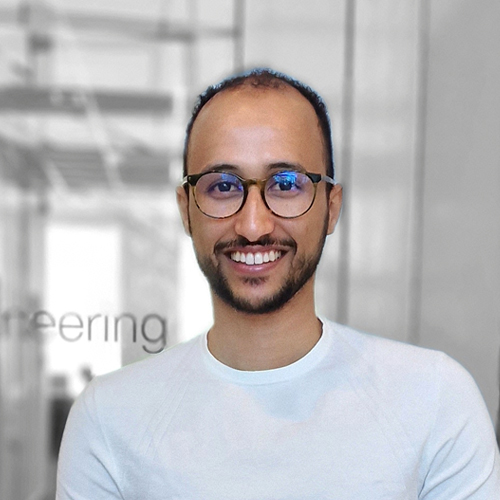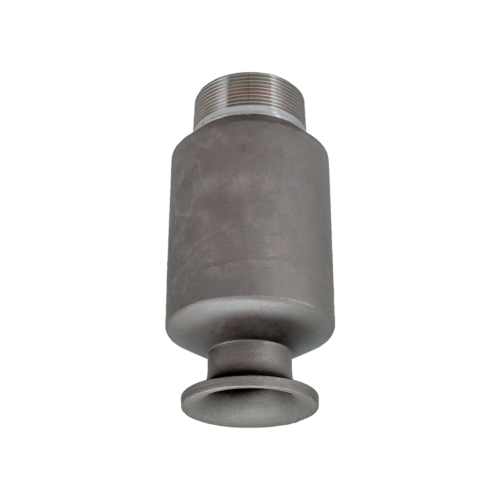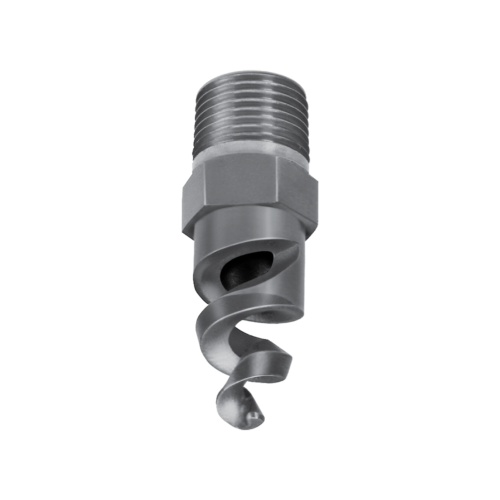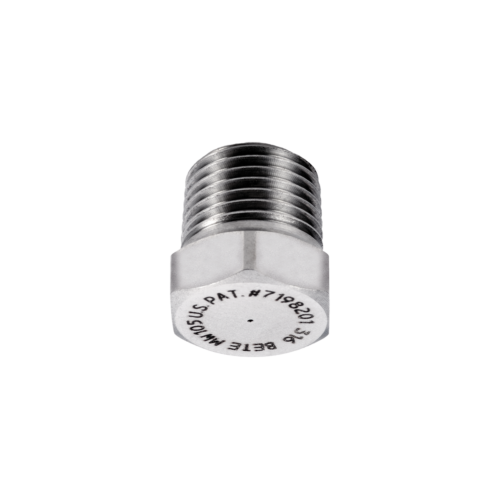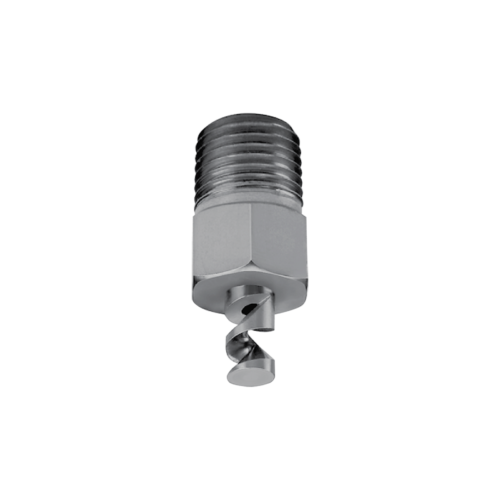
Chemical injection and Scavenger injection
Industrial systems and processes can suffer from performance issues related to corrosion or scale buildup in components such as piping, heat exchangers, pumps, and valves. To prevent these problems, chemicals are injected into the process stream.
One specific application is 'scavenger injection' in the oil industry, where liquid chemicals are distributed into the process stream to neutralise and remove dangerous or unwanted substances such as hydrogen sulphide (H2S) and other problematic compounds in the pipeline.

Optimised process for chemical injection
To maximise efficiency, the spray nozzle needs to atomise and distribute the injected chemical optimally in the gas stream. The aim is to create as large reaction surface as possible between the process gas and the added chemical.
To optimise the process, the following factors need to be taken into account:
- Density and viscosity of the additive chemical
- Process pipe/vessel size, velocity, pressure, temperature, and fluid composition
- Available installation ports and required clearance diameters
- Pipe dimensions and construction. In general process piping applications, a minimum of 3-5 pipe diameters of straight length upstream and 5-10 pipe diameters of straight length downstream are recommended to ensure spray dispersion
- Required materials of construction for corrosive environments
- Ease of maintenance/replacement. Retractable lances allow for quill/lance removal whilst leaving the process online.
- Required inhibitor (added chemical) flow rate
- Available liquid pressure drop (∆P) across the nozzle = supply pressure at nozzle inlet - process pressure outside nozzle
- Availability of steam, compressed air, nitrogen, or other carriers/atomisation gases
Scavenger injection
Drilling and production of crude oil releases hydrogen sulphide (H2S), a colourless gas with the characteristic smell of rotten eggs; a gas that is extremely dangerous to humans. The gas is also highly corrosive, which is harmful to pipes, valves, etc. H2S removal is critical to prevent expensive infrastructure damage and ensure compliance with environmental and safety regulations.
It is necessary to treat the gas before it is transferred to shore from the oil rig. Liquid chemicals are sprayed into the gas stream using a spray lance and the added chemicals react with the hydrogen sulphide, which is neutralised.

Project review and proposed solution
To deliver the optimal solution, it is important to go through in detail various factors that affect product choice, type of solution, investment objective, and other requirements at an early stage of the project.
A start-up meeting is important to find out about various factors that will affect choice of equipment and solution in order to achieve the most efficient and sustainable solution. We are happy to set up the start-up meeting as a web meeting or a site visit, depending on your preference. All details and information from the start-up meeting we will summarise and go through with you to make sure we agree on project scope and objective.
Next step, we present a proposed solution, focusing on function, lifespan, quality, choice of material, operating and maintenance costs, and environmental impact. Our goal is to deliver a sustainable solution that creates added value to your company,






